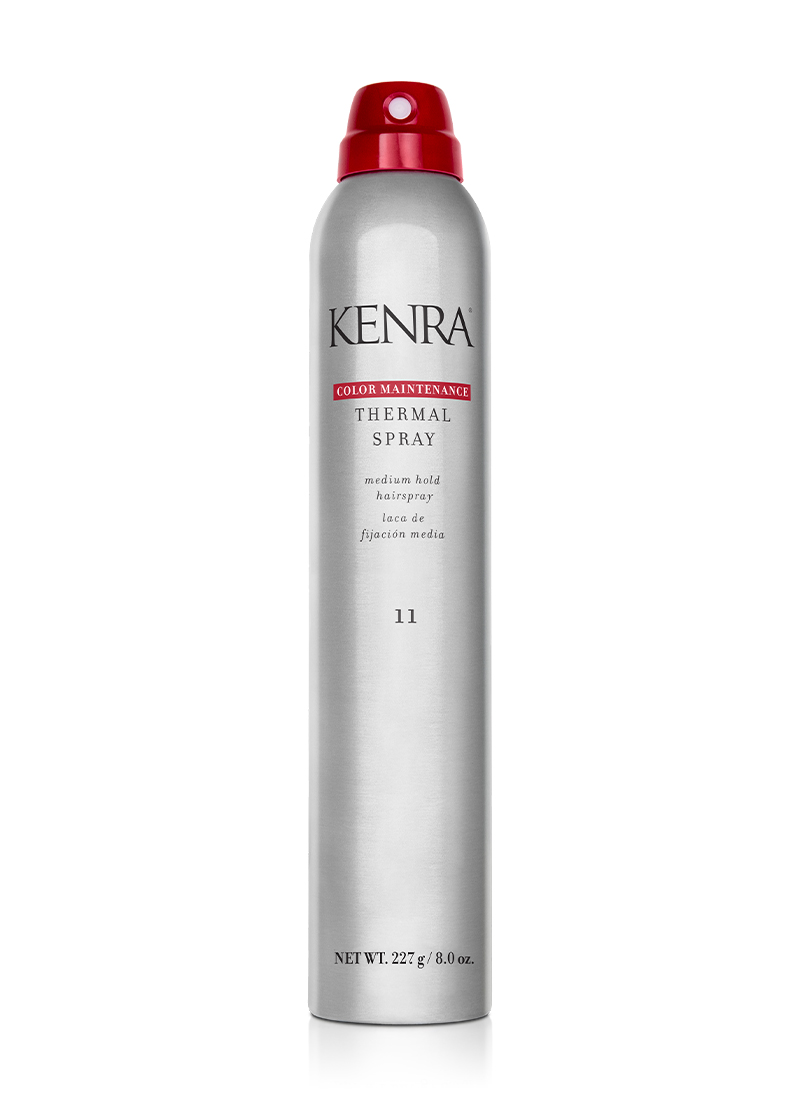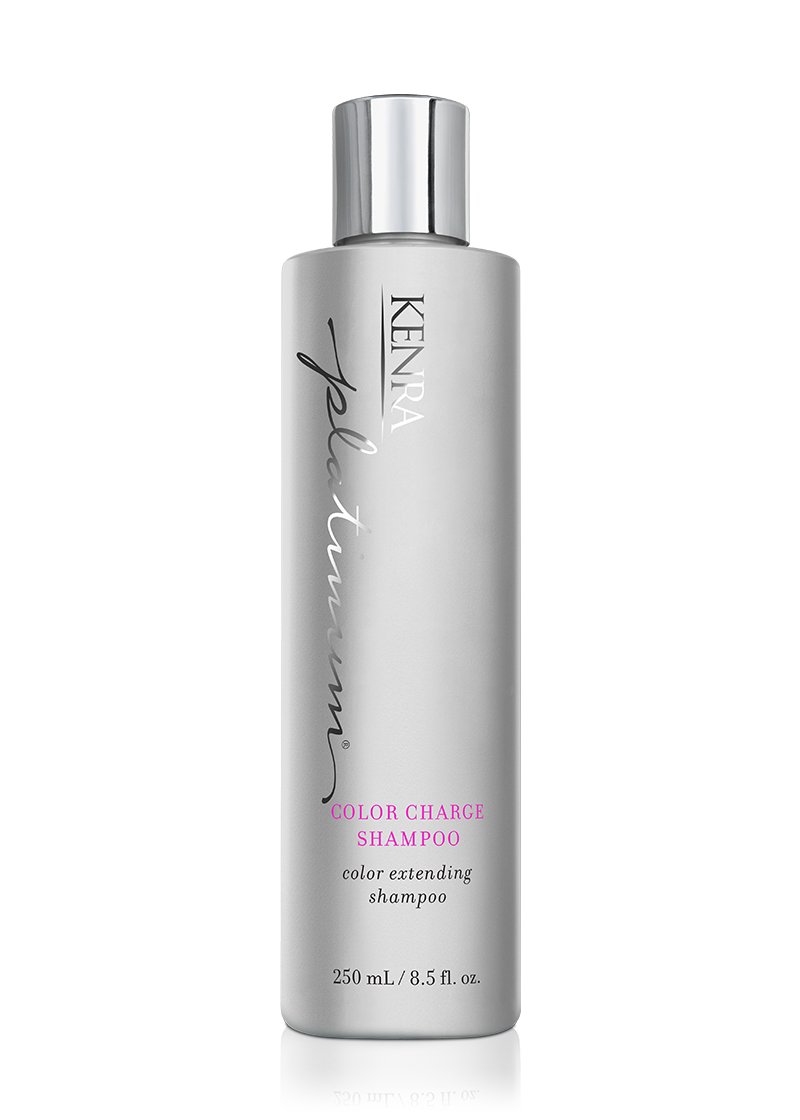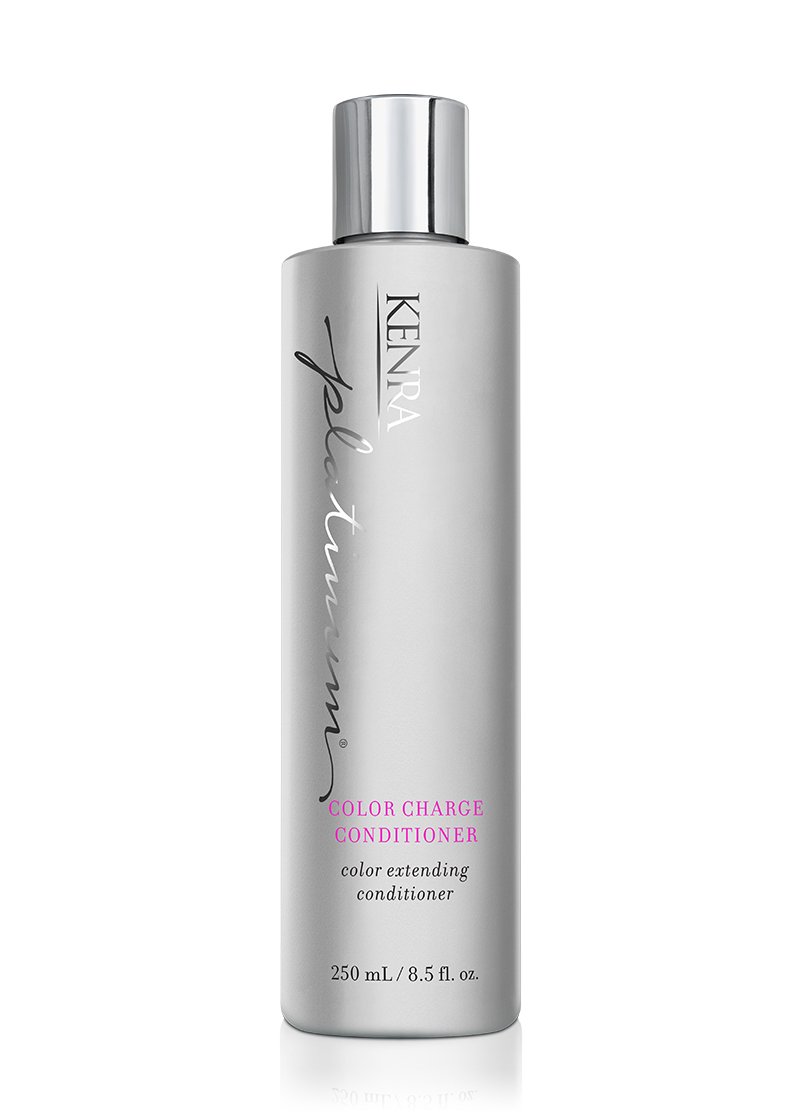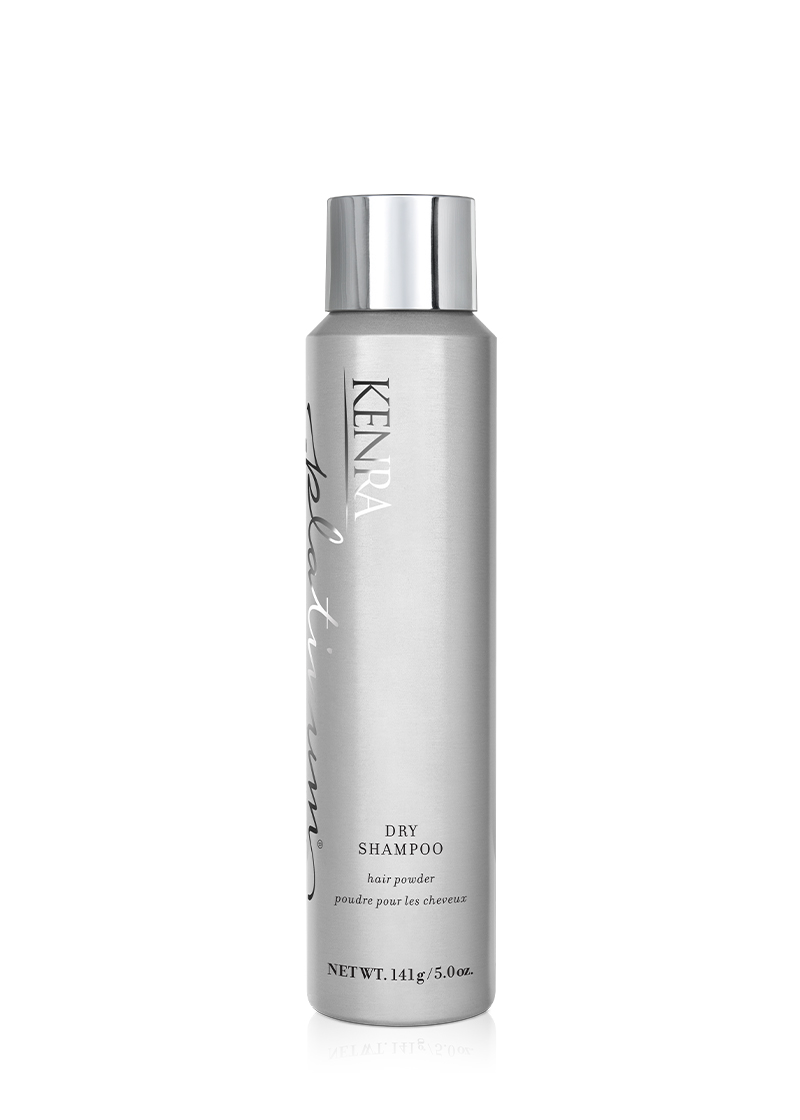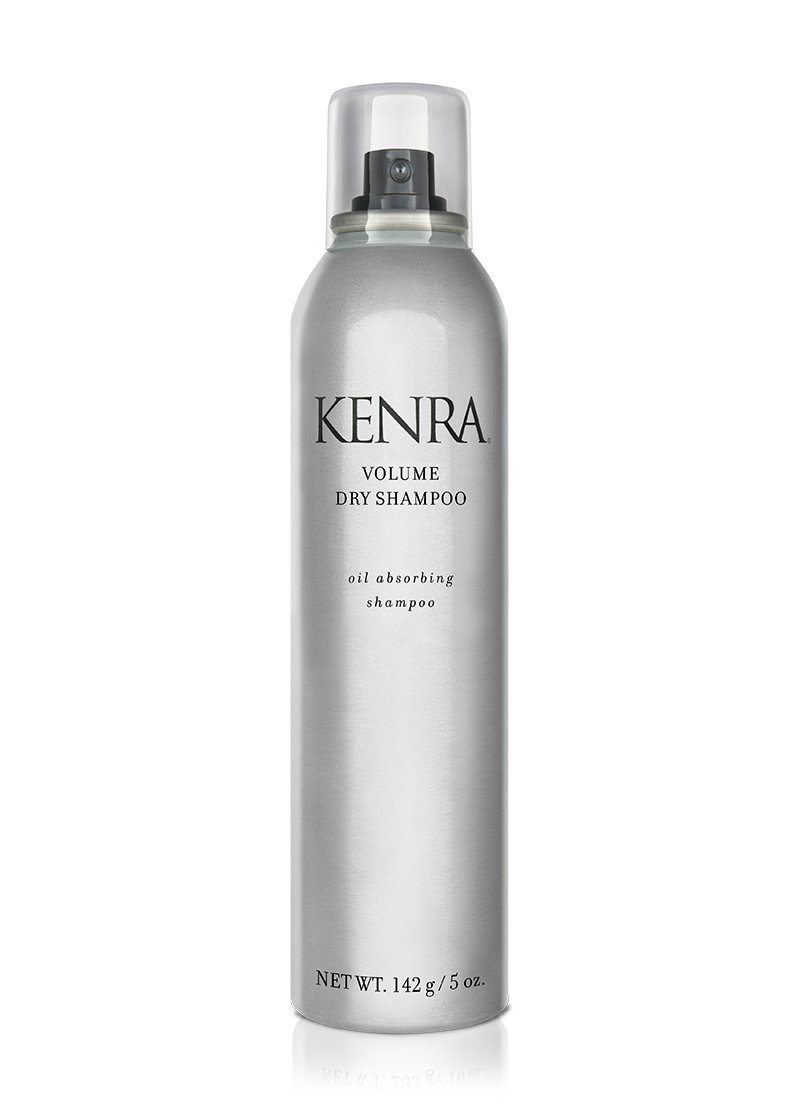Highlights vs. Lowlights: Which Color is Best for You
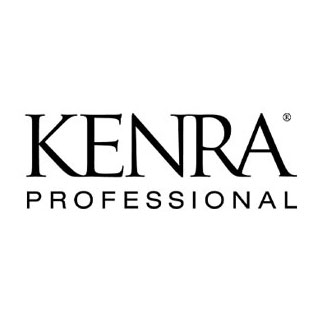
By: Kenra Professional
Unless you are a professional colorist, you may not know that there is a huge difference between highlights and lowlights. In fact, they are kind of opposites despite their similar names. But don’t worry; it’s not that complicated.
By the end of this article, you will become a total pro at distinguishing between the two. You will even learn how to decide which look is best for you so that you can go to your next color appointment with total confidence.
Kenra Professional makes premium hair care products that are designed for professionals but easy enough to use that you can get professional styling results from home. Our website is jam-packed with educational resources and a wide array of styling products such as shampoos, conditioners, nourishing treatments, and anything else you might need to get the hair of your dreams from the comfort of your home.
There is a reason why we have been the trusted brand for stylists for many decades; now, we want to bring that same sense of consistency and polish to your at-home hair care routine.
What Are Highlights?
Let’s start with familiar territory. No matter your level of experience with hair color, you have likely heard of highlights before. Highlights are a hair coloring technique in which small sections of the hair are dyed or bleached a lighter color than the rest of your hair to give the appearance of sun-kissed summer hair.
When we spend a lot of time out in the sun, our hair naturally highlights from the UV rays. That’s why surfers always have the best highlights despite never making a trip to the salon. But, we don’t all have the time to spend hours a day basking in the sun; that’s why we have highlighting techniques.
Your colorist can use a combination of hair dye and specialized application techniques to seamlessly blend natural-looking highlights into your existing hair color. They can also do chunky 2000s highlights; that all depends on what you’re going for.
The point is, highlights are when small sections of your hair are lightened.
What Are Lowlights?
Lowlights are essentially the inverse of highlights-- a hair coloring technique in which sections are darkened to create dimension.
Lowlights can be used to conceal gray hairs, tone down bright blondes, or add depth to any hair color. When you think of lowlights, think of adding a bit of chocolate brown to a light caramel brown or a darker blonde to a bright white blonde to make it look more blended and natural.
You’ve likely seen a ton of hair color inspiration pictures with lowlights and not even recognized it. That is the beauty of lowlights; they can be super subtle but ultimately make hair color look more natural overall. Just remember, highlights are lighter, lowlights are
darker.
Which Is Best for Your Hair Color, Highlights or Lowlights?
Which will go better with your hair color of choice; highlights or lowlights? The answer to this question is not so black and white. This is a great question to ask your colorist. They have a lot more experience with making all hair colors look more balanced and natural.
Don’t be afraid to ask your colorist for their professional opinion on how to get your desired color. Bring reference photos to your appointment and then ask your colorist what type of dyeing they recommend to reach that color goal.
The purpose of learning the difference between highlights and lowlights isn’t so you can go to the colorist and ask for the specific technique you want to be used. The actual goal here is to become more educated on the differences in dye techniques so that when your colorist recommends you add some lowlights, you know what they are talking about. The beauty of lowlights is that they can be added to any hair color when formulated correctly.
Can You Get Both Highlights and Lowlights at the Same Time?
Do you have to choose between highlights and lowlights? No! Absolutely not. Lowlights and highlights are often combined to achieve a dynamic color job that looks incredibly natural. It all depends on the hair color you are trying to achieve. Your colorist will likely use a combination of the two to blend your color together for an effortless, natural, perfectly blended result.
Is There a Price Difference Between Highlights and Lowlights?
If you want your hair to look right, you will need the help of an experienced professional colorist. Do some research to find a colorist whose portfolio matches your personal aesthetic so that you can be confident that they can achieve your color goals.
Coloring hair is an art form, one that most colorists have spent countless hours studying to perfect their craft. When you make a color appointment, you will be paying for the colorists time, expertise, and materials.
That being said, you should expect either highlights or lowlights to cost anywhere from $100 to $300. If you are on a budget, make an appointment for a color consultation. This will give you time to talk to the colorist about your hair goals, and they will give you a quote
for how much the services you need will cost.
Generally speaking, lowlights on their own will typically need less maintenance than highlights. Therefore, you will likely spend less money in the long run refreshing lowlights rather than highlights. However, this depends on the hair color you are trying to achieve.
Can You Give Yourself Highlights and Lowlights at Home?
You technically can, but it is super difficult. Highlights and lowlights are a more advanced technique that is even more difficult to perform on yourself, and that doesn’t even take formulation into account. If your goal is to achieve a multidimensional, natural-looking, blended color, then you should always go to a professional colorist.
Tips on Making Your Color Job Last Longer
Once you get your hair colored, you will want to do everything you can to preserve it for as long as you can. Highlights and lowlights are expensive and take a lot of time and effort to create. You wouldn’t want to go to all that trouble just to wash your results away. Make sure you follow proper aftercare to keep your gorgeous hair looking its very best.
Wash Your Hair as Little as Possible
The easiest way to extend the life of your hair color is to wash your hair as infrequently as you can. Try to only wash your hair once or twice a week. When you need a little pick me up between washes, use dry shampoo to refresh and remove oil from your roots.
When You Wash, Use Lukewarm Water and Rinse With Cold Water
When you wash your hair, make sure that you do not use scalding hot water. Hot water opens your hair’s cuticles which is where your color is deposited. Use lukewarm water to keep your color locked in place. When you rinse your hair, use cold water to close up your hair’s cuticle to make sure your color stays vivid and doesn’t wash down the drain.
For this same reason, make sure you use the Kenra Thermal Styling Spray 19 when you use heat tools. Heat of any kind can quickly fade color. Protect your hair and your color with this high-quality heat protectant styling spray.
Use Color Safe Shampoo and Conditioner
When you wash your hair, make sure to use a shampoo and conditioner that will help maintain your color. Kenra Professional’s color-protecting washes will help to protect your color for up to 35 washes which will maintain up to 65% of your color between salon visits.
Choose What’s Best for You
Highlights and lowlights may sound similar, but they are actually opposites. Highlights lighten sections of your hair, while lowlights darken sections of your hair. However, these two coloring techniques work well together to create blended, natural-looking hair color.
Because these techniques require expert formulation knowledge and professional application techniques, we highly recommend that you seek out an experienced colorist to help you achieve flawless results.
Now that you are more educated on these types of coloring techniques, you will be better equipped to communicate with your colorist to find the perfect color for you. Get ready for gorgeous natural color.
Sources:

